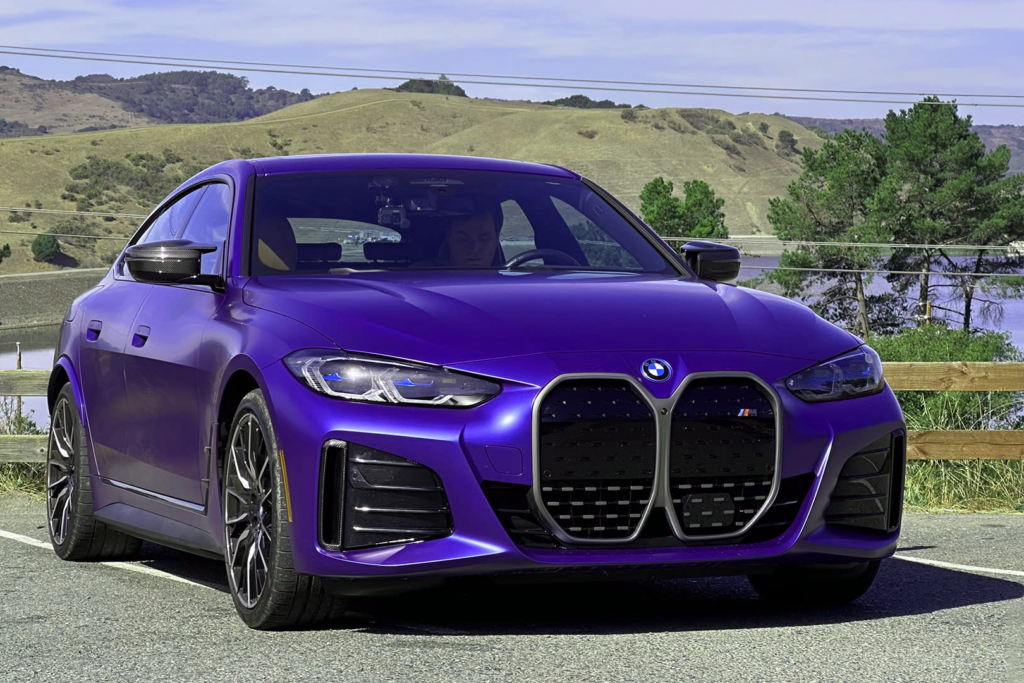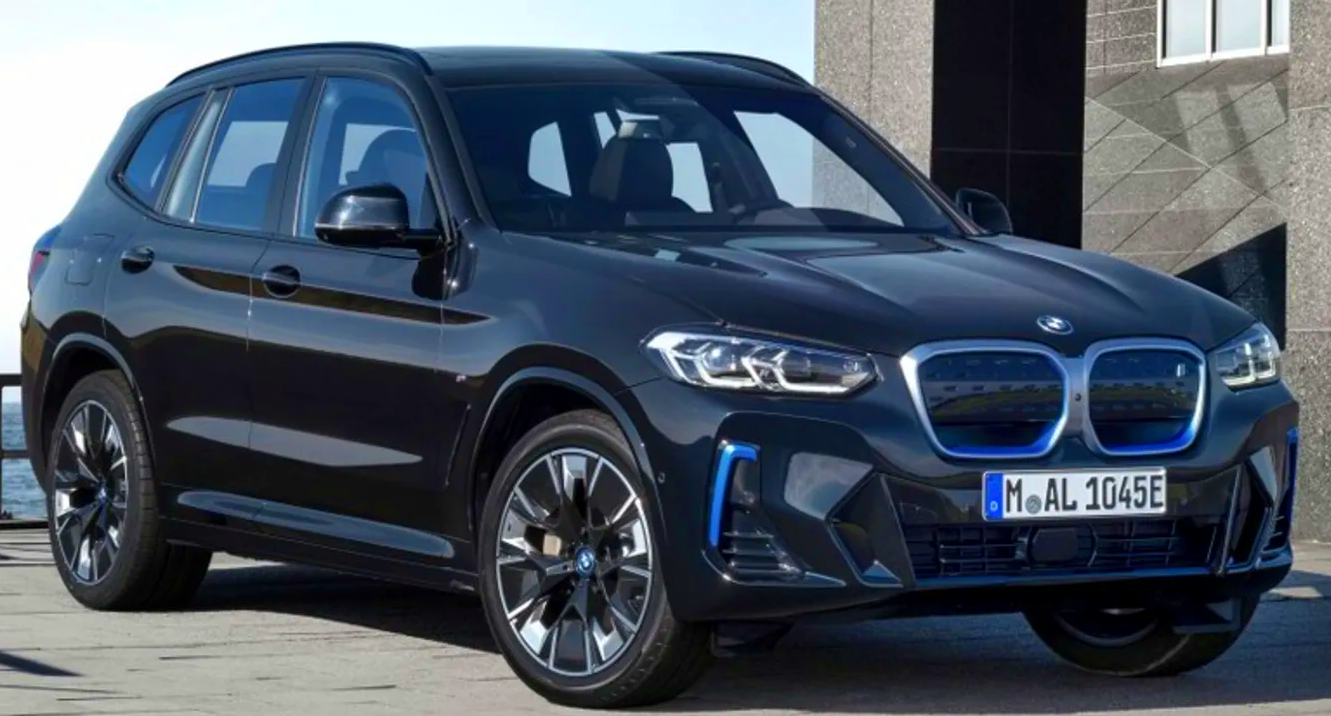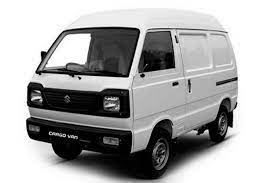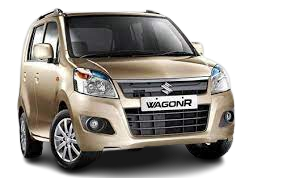Are you a beginner looking to delve into the fascinating world of drone photography? Look no further! At educatorsinfo we are dedicated to providing you with the best tips and guidance to help you excel in this exciting field. With our expert advice, you’ll be capturing breathtaking aerial shots in no time!
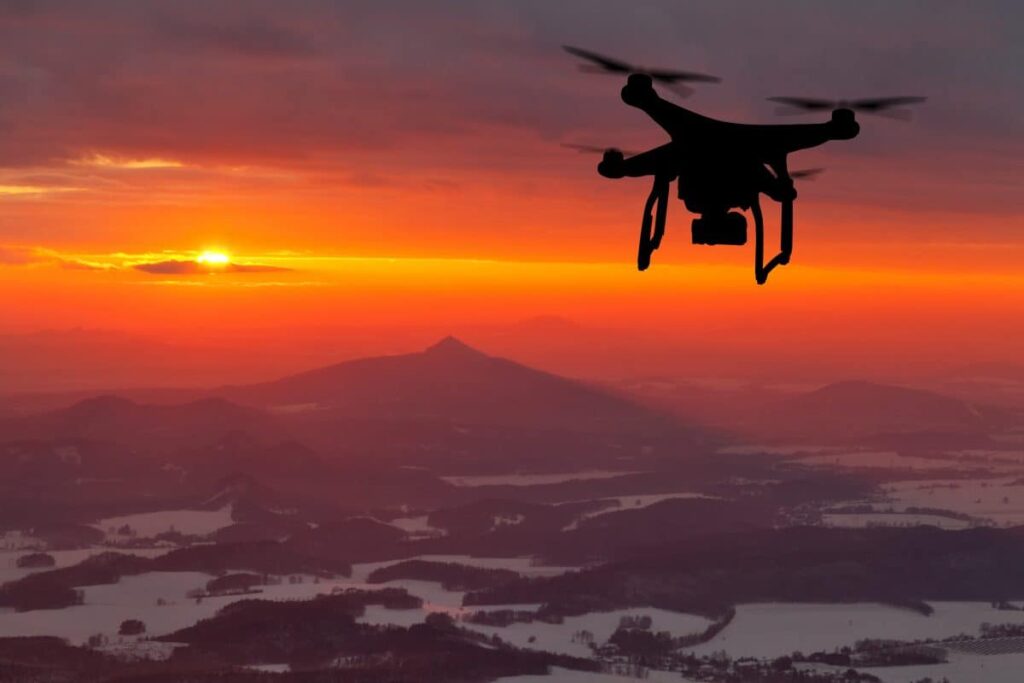
Introduction to Drone Photography
Drone photography has revolutionized the way we capture images from above. These unmanned aerial vehicles (UAVs) equipped with high-resolution cameras offer a unique perspective that was once only accessible to professional photographers. Now, with the increasing availability and affordability of drones, anyone can explore the endless possibilities of aerial photography.

Choosing the Right Drone for Photography
Selecting the right drone for Drone Photography Tips for Beginners Tips for Beginners is crucial to capturing high-quality images. Consider factors such as camera quality, flight time, range, stability, and maneuverability. Some popular drone models for photography include the DJI Phantom series, DJI Mavic Pro, and the Autel Evo. Keep in mind that drones with higher camera resolutions and features like gimbal stabilization will generally produce better image quality. However, they may also come at a higher price point. Assess your budget and requirements to find a drone that fits your needs.
It is becoming a successful drone photographer is selecting the right equipment. Consider factors such as your budget, skill level, and the features you require. Entry-level drones like the DJI Mini 2 or the Autel EVO Lite are great options for beginners, offering stability, maneuverability, and impressive image quality.
Mastering Drone Flight Skills
Flying a drone requires practice and skill development. Start by familiarizing yourself with the controls and understanding how they affect the drone’s movement. Begin in an open, spacious area away from obstacles and practice basic maneuvers such as taking off, landing, hovering, ascending, descending, and navigating in different directions. Gradually progress to more complex flight patterns and experiment with different modes and settings. Understanding how wind and weather conditions affect drone flight is also crucial for safe and successful photography sessions.
Understanding Drone Flight
Before taking to the skies, it’s essential to familiarize yourself with the basics of drone flight. Read the instruction manual carefully, follow local regulations, and practice in open areas away from obstacles and people. Mastering flight controls, including ascending, descending, hovering, and maneuvering in different directions, will allow you to capture stunning shots with ease and confidence.
Composition and Framing Drone Photography Tips for Beginners
Composition plays a significant role in creating visually appealing photographs, even from the sky. Apply the rule of thirds, a widely used principle in photography, by dividing your frame into a grid of nine equal parts. Position the main subjects or points of interest along these lines or at their intersections to create a balanced and engaging composition.
Experiment with different angles, altitudes, and perspectives to add depth and interest to your images. Capture leading lines, patterns, and symmetry from above, as they can create visually striking compositions that draw the viewer’s attention. Composition plays a crucial role in creating visually appealing photographs. When framing your shots, consider the rule of thirds. Imagine a grid divided into nine equal parts, and position the key elements of your photo along these lines or at their intersections. This technique creates a balanced and harmonious composition that draws the viewer’s eye.
Utilizing Natural Light
Lighting is a fundamental aspect of photography, and drone photography is no exception. Take advantage of the golden hours—the period shortly after sunrise or before sunset—when the sun’s soft and warm light creates a magical atmosphere. Avoid shooting during midday when the harsh sunlight can cast unflattering shadows and result in overexposed images.
Exploring Unique Perspectives
One of the most exciting aspects of drone photography is the ability to capture unique perspectives that were previously inaccessible. Experiment with different heights, angles, and camera tilts to add depth and drama to your images. Fly low to the ground for an intimate viewpoint or soar high above for sweeping landscapes that showcase the world from a new angle.
Safety and Legal Considerations
When venturing into drone photography, it’s crucial to prioritize safety and abide by the laws and regulations governing UAV usage. Register your drone if required by your country’s aviation authority, familiarize yourself with no-fly zones, and respect privacy concerns. Additionally, always keep an eye on weather conditions and be mindful of other people and aircraft in the vicinity.
Post-Processing and Editing
To elevate your drone photography to the next level, post-processing and editing are essential. Use professional photo editing software such as Adobe Lightroom or Skylum Luminar to enhance colors, adjust exposure, and bring out the full potential of your images. However, exercise restraint and ensure that your edits enhance the natural beauty of the scene without appearing artificial.
Sharing Your Work
Once you’ve captured stunning aerial shots, it’s time to share your work with the world. Create an online portfolio or website to showcase your best photographs and engage with fellow drone photography enthusiasts. Social media platforms like Instagram, Facebook, and Flickr are excellent avenues for gaining exposure, receiving feedback, and connecting with a broader community.
Imaging Considerations for Drone Photography
When it comes to drone photography, capturing stunning images goes beyond just flying a drone and pressing the shutter button. To truly elevate your aerial photography, you need to consider various imaging factors that will help you achieve exceptional results. In this guide, we will explore key considerations to keep in mind when it comes to imaging for drone photography.
Image Quality
The camera settings you choose on your drone can significantly impact the quality of your images. Set your camera to capture images in RAW format instead of JPEG if your drone supports it. RAW files contain more information and provide greater flexibility during post-processing, allowing you to make precise adjustments to exposure, white balance, and colors.

Adjusting the ISO, aperture, and shutter speed can help you achieve optimal exposure and control the depth of field in your images. Keep in mind that drones typically have smaller image sensors compared to DSLRs, so it’s essential to find the right balance between ISO sensitivity and image noise.
2. White Balance and Color Calibration
Correct white balance ensures accurate color representation in your drone photos. Different lighting conditions can have a significant impact on color temperature, so it’s crucial to adjust the white balance settings accordingly. You can choose from preset options such as sunny, cloudy, or custom white balance based on the lighting conditions at the time of the flight.
For accurate color reproduction, consider calibrating your drone’s camera using color charts or color calibration tools. This helps ensure consistent color accuracy across different lighting situations and simplifies the editing process later on.
3. Filters for Aerial Photography
Filters are valuable tools in drone photography as they allow you to control light, reduce glare, and enhance specific elements in your images. ND (Neutral Density) filters are particularly useful in aerial photography as they help balance the exposure by reducing the amount of light entering the camera. This is especially important when shooting in bright sunlight to avoid overexposed images.
Polarizing filters can reduce reflections and glare, particularly when photographing bodies of water or glass surfaces from above. They enhance color saturation and contrast, resulting in more vibrant and captivating images.
4. Composition and Point of Interest
Composition plays a crucial role in creating visually pleasing drone photographs. While in the air, you have the advantage of exploring unique perspectives and angles. Pay attention to leading lines, symmetry, and patterns that can guide the viewer’s eye and create a sense of depth. Identify a clear point of interest in your frame to draw the viewer’s attention. It could be a landmark, a person, or an interesting subject that tells a story within the larger aerial scene. Experiment with different angles, altitudes, and framing to capture compelling compositions.
5. Planning and Pre-visualization
Before taking off, it’s essential to plan your drone photography sessions. Research the location you intend to photograph and identify potential viewpoints or landmarks that would make for interesting aerial shots. Use online maps or scouting tools to gain a better understanding of the area and plan your flight path accordingly. Pre-visualization is an important step in drone photography. Imagine the shots you want to capture and how the final images will look. Consider the time of day, weather conditions, and lighting to determine the best moments for your aerial photography adventure.
6. Post-Processing and Editing
Post-processing is the final step in optimizing your drone photos and bringing out their full potential. Use professional editing software such as Adobe Lightroom or Capture One to enhance colors, adjust exposure, and fine-tune the overall look of your images.
Camera Settings for Drone Photography
Capturing stunning images with your drone requires understanding and optimizing the camera settings. By adjusting various parameters, you can achieve better exposure, sharper details, and more creative control over your aerial shots. In this guide, we will explore the essential camera settings for drone photography.
IMAGE RESOLUTION
| Resolution | Pixel Dimensions | Aspect Ratio |
|---|---|---|
| 720p | 1280 x 720 | 16:9 |
| 1080p | 1920 x 1080 | 16:9 |
| 2.7K | 2704 x 1520 | 16:9 |
| 4K | 3840 x 2160 | 16:9 |
| 5.2K | 5280 x 2972 | 16:9 |
| 6K | 6144 x 3456 | 16:9 |
| 8K | 7680 x 4320 | 16:9 |
When it comes to drone photography, selecting the appropriate image resolution is crucial for capturing high-quality photos and videos. The table above provides a range of common resolutions along with their corresponding pixel dimensions and aspect ratios. Choosing the right image resolution depends on factors such as the purpose of your photos or videos, storage capacity, and the capabilities of your drone and editing equipment. Consider the intended use and desired level of detail to select the most suitable resolution for your drone photography endeavors.
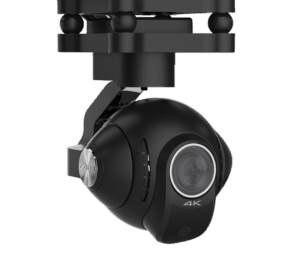
1. Image Format: RAW vs. JPEG
When it comes to choosing the image format, it’s recommended to shoot in RAW rather than JPEG. RAW files contain unprocessed data captured by the camera’s sensor, providing greater flexibility during post-processing. With RAW files, you can make adjustments to exposure, white balance, and other settings without sacrificing image quality. While RAW files require more storage space and may require additional post-processing time, they offer superior image quality and allow for more extensive edits.
2. ISO Sensitivity
ISO sensitivity determines the camera’s sensitivity to light. For drone photography, it’s advisable to use the lowest ISO setting possible (typically ISO 100 or 200) to maintain image quality and reduce noise. Lower ISO values result in cleaner images, especially in well-lit conditions. However, in low-light situations, you may need to increase the ISO to achieve a properly exposed image. Keep in mind that higher ISO values can introduce more noise or graininess, so it’s important to strike a balance between ISO sensitivity and image quality based on the available light.
3. Shutter Speed
Shutter speed controls the duration of time the camera’s sensor is exposed to light. It plays a crucial role in freezing motion, reducing blur, and controlling the amount of light entering the camera. For most drone photography scenarios, it’s recommended to use a fast shutter speed (around 1/1000th of a second or higher) to ensure sharp and crisp images, especially when capturing moving subjects or during windy conditions. However, in low-light situations, you may need to lower the shutter speed to allow more light into the sensor. In such cases, using a tripod or stabilizing the drone is essential to avoid camera shake.
4. Aperture and Depth of Field
Aperture refers to the size of the camera’s lens opening and determines the amount of light reaching the sensor. While most drones have fixed apertures, it’s still important to understand their impact on depth of field.
In drone photography, depth of field (the range of sharpness in an image) is generally extensive due to the wide-angle lenses commonly used. This means that most of the scenes, from near to far, will be in focus. However, if you want to create a shallow depth of field effect with a blurred background, consider shooting close to your subject and using a larger aperture if your drone allows adjustments.
5. White Balance
White balance helps maintain accurate color representation in your images. Different lighting conditions can introduce color casts, and adjusting the white balance setting helps correct them. Most drones offer several white balance presets, such as Sunny, Cloudy, or Auto, to match the lighting conditions. However, for more precise control, consider manually setting the white balance or using a custom white balance based on the specific lighting conditions during your drone flight.
6. Exposure Compensation
Exposure compensation allows you to adjust the camera’s exposure settings to brighten or darken the image. It’s especially useful in situations where the camera’s automatic exposure may not accurately represent the desired scene. If you find your images consistently overexposed or underexposed, use exposure compensation to make the necessary adjustments. Increasing the exposure compensation value will brighten the image while decreasing it will darken the image. Experiment with different exposure compensation settings to achieve the desired result.
Capturing Great Imagery While in the Air for Drone Photography

Drone photography allows us to explore the world from a whole new perspective, capturing stunning imagery from high above. To create compelling and visually striking aerial photographs, there are several important considerations to keep in mind. In this guide, we will explore tips and techniques for capturing great imagery while in the air with your drone.
1. Plan Your Shots
Before taking flight, it’s essential to plan your photography session. Research the location you intend to photograph and identify points of interest, landmarks, or unique features that will make your images stand out. Consider the time of day, weather conditions, and any specific lighting effects you want to capture. Planning your shots in advance will help you make the most of your time in the air and increase the chances of capturing remarkable imagery.
2. Understand the Rules and Regulations
Before operating your drone, familiarize yourself with the rules and regulations governing drone flight in your area. Ensure you comply with any restrictions, airspace regulations, and privacy considerations. By adhering to the guidelines, you can fly responsibly and capture imagery without any legal issues.
3. Composition and Framing
Composition is a crucial aspect of photography, and it holds true for aerial imagery as well. When framing your shots, consider the rule of thirds. Imagine your frame divided into a grid of nine equal parts, and position your main subject or points of interest along these gridlines or intersections. This technique creates a visually pleasing composition and adds balance to your images.
Additionally, experiment with different angles and perspectives. Drones provide the unique advantage of maneuverability in the air, allowing you to capture shots from various heights and positions. Explore different viewpoints to find the most captivating angles that showcase your subject in the best possible way.
4. Pay Attention to Lighting
Lighting is a critical factor in any form of photography, and aerial photography is no exception. Keep an eye on the quality and direction of light during your flight. The golden hours, which occur during sunrise and sunset, provide soft, warm light that can enhance the mood and atmosphere of your images. Shadows become longer, and colors become more vibrant during these times, adding a touch of magic to your photographs.
If you’re shooting in bright sunlight, be mindful of the harsh shadows and high contrast. Consider adjusting your camera settings or using exposure compensation to achieve a balanced exposure and retain details in both highlights and shadows.
5. Use Manual Camera Settings
To have full control over your drone’s camera and achieve the best possible results, use manual camera settings. Adjust parameters such as ISO, shutter speed, and aperture according to the specific conditions and creative intent of your shot. Select a low ISO setting to minimize noise and maintain image quality. Use a fast shutter speed to freeze motion and ensure sharpness in your images. As for the aperture, choose an appropriate value based on the depth of field you want to achieve.
6. Explore Different Perspectives
One of the advantages of drone photography is the ability to explore unique perspectives that are otherwise inaccessible. Fly your drone higher to capture sweeping vistas, expansive landscapes, or architectural wonders from a bird’s-eye view. Lower your drone closer to the ground to capture intricate details or to add a sense of intimacy to your shots.
Experimenting with different perspectives adds depth and visual interest to your imagery, allowing viewers to experience the world from a fresh and captivating viewpoint.
7. Edit and Enhance Your Images
Post-processing is a valuable step in optimizing your aerial photographs. Use editing software like Adobe Lightroom or Capture One to fine-tune your images. Adjust exposure, contrast, saturation, and sharpness to bring out the best qualities of your shots.
Drone Photography Etiquette and Safety
As drone photography gains popularity, it is essential to prioritize safety and practice responsible behavior to ensure a positive experience for everyone involved. Here are some key considerations for drone photography etiquette and safety:
1. Know and Follow the Rules
Before taking your drone to the skies, familiarize yourself with the local regulations and laws governing drone operation. Understand airspace restrictions, no-fly zones, and any specific guidelines set by aviation authorities or local authorities. Adhering to these rules will help prevent accidents, ensure public safety, and maintain a good reputation for the drone photography community.
2. Respect Privacy and Property
Respect people’s privacy and property rights when operating your drone. Avoid flying over private property without permission and maintain a safe distance from individuals, crowds, and sensitive areas. Exercise discretion when capturing images or videos of people and obtain their consent whenever necessary. Respecting privacy builds trust and fosters positive relationships within the community.
3. Fly Responsibly and Safely
Always prioritize safety during your drone flights. Conduct pre-flight checks to ensure that your drone is in proper working condition. Maintain line of sight with your drone at all times and avoid flying in adverse weather conditions or congested areas. Be aware of other aircraft in the vicinity and yield the right of way when necessary. Regularly update your skills and knowledge through training and educational resources to enhance your piloting abilities.
4. Consider Wildlife and Nature
When photographing wildlife and natural environments, maintain a safe distance and minimize disturbance. Avoid flying too close to animals, nesting sites, or protected areas. Respect the natural habitats and behavior of wildlife by observing from a distance that does not disrupt their routines. Take care not to cause stress or harm to animals, as their well-being should always be a top priority.
5. Be Mindful of Noise Pollution
Drones can produce noise that may disturb both people and wildlife. When flying in residential areas or natural settings, be considerate of the noise levels generated by your drone. Minimize noise pollution by maintaining a reasonable altitude, avoiding unnecessary flights, and using propeller guards or quieter drone models when possible. Being mindful of noise helps maintain harmony with the surroundings and reduces potential disruptions.
6. Leave No Trace
Respecting the environment is crucial for sustainable drone photography. Do not leave any trace of your presence when operating in natural or sensitive areas. Avoid littering, damaging vegetation, or disturbing fragile ecosystems. Dispose of any waste properly and follow designated paths or areas to minimize your impact on the environment. Leave the location as you found it, ensuring its preservation for future generations.
By following these etiquette and safety guidelines, you can promote responsible drone photography, protect the welfare of others, and contribute to the positive reputation of the drone community. Always prioritize safety, respect, and environmental consciousness, enabling everyone to enjoy the beauty of drone photography responsibly.
FAQs about Drone Photography Tips
Q1: How do I improve my drone photography skills?
Ans: Improving your drone photography skills requires practice and experimentation. Familiarize yourself with your drone’s features and camera settings. Study composition techniques, lighting principles, and post-processing techniques. Join online communities or attend workshops to learn from experienced drone photographers. Ultimately, practice regularly and push your creative boundaries to enhance your skills.
Q2: What are the best camera settings for drone photography?
Ans: The optimal camera settings depend on the lighting conditions and desired outcome. Start with shooting in RAW format for more flexibility in post-processing. Adjust the ISO, shutter speed, and aperture accordingly. Lower ISO settings reduce noise, faster shutter speeds capture motion, and adjusting the aperture controls depth of field. Experiment with different settings to achieve the desired look.
Q3: How can I capture smooth aerial footage with my drone?
Ans: To capture smooth aerial footage, ensure your drone is stable and properly calibrated. Fly in calm weather conditions and avoid sudden or jerky movements. Use the drone’s gimbal stabilization feature if available. Slow down your drone’s movements and make gradual turns to minimize vibrations. Additionally, consider using ND filters to control exposure and reduce shutter speed for smoother footage.
Q4: Are there any legal restrictions or regulations for drone photography?
Ans: Yes, there are legal restrictions and regulations for drone photography that vary by country and region. Familiarize yourself with the local drone laws and regulations governing flight altitude, no-fly zones, and licensing requirements. Follow these rules to ensure safety, respect privacy, and avoid legal issues. Stay updated on any changes to the regulations and comply with them accordingly.
Q5: What are some creative drone photography ideas?
Ans: Drone photography opens up unique creative possibilities. Consider capturing aerial panoramas, creating patterns or symmetrical compositions, shooting long exposure images of cityscapes or waterfalls, or documenting events from a fresh perspective. Explore natural landscapes, urban environments, and architectural structures to find interesting subjects and compositions. Experiment with different angles and perspectives to add creativity to your shots.
Q6: How can I ensure the safety of my drone and others while flying?
Ans: Prioritize safety when flying your drone. Conduct pre-flight checks to ensure your drone is in good working condition. Follow local regulations and guidelines. Maintain line of sight with your drone and avoid flying in restricted airspace or over crowds. Be aware of other aircraft and yield the right of way when necessary. Stay informed about weather conditions and fly responsibly to ensure the safety of your drone and those around you.
Q7: What should I consider when flying my drone in nature or wildlife areas?
Ans: When flying in nature or wildlife areas, respect the environment and the wildlife. Research and follow any specific regulations or guidelines for these areas. Maintain a safe distance from wildlife and their habitats to avoid disturbance. Minimize noise and avoid flying too close to sensitive areas. Capture images without causing harm or stress to the animals and leave no trace of your presence.
Q8: How can I make my drone photos stand out on social media?
Ans: To make your drone photos stand out on social media, focus on unique perspectives, compelling compositions, and captivating subjects. Enhance your images during post-processing to bring out their full potential. Experiment with editing styles that align with your artistic vision while maintaining a natural look. Engage with the drone photography community, share your work, and learn from others to gain exposure and feedback.


